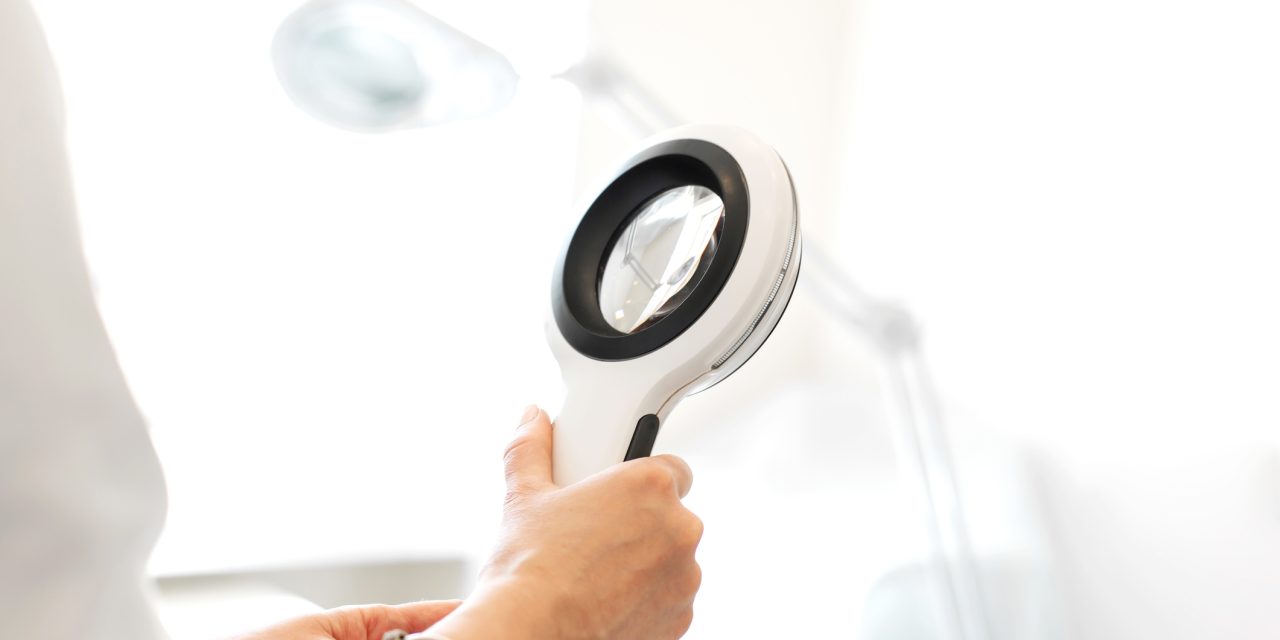Dermatofibroma (DF) is a typical benign skin lesion in most cases located on the legs or upper limbs. The etiology of DF is still unclear. The study aimed to reflectance confocal microscopy features of DF were described. The researchers and doctors have examined Forty patients with DF diagnosis confirmed by dermoscopy using reflectance confocal microscopy VivaScope 1500 from March 2018 to April 2019.
DF was more common in females (80%) than males (20%). Thirty‐six lesions (90%) were located on the limbs, while four (10%) were on the trunk. Dermoscopically, 18 lesions (45%) revealed typical features: a central white area with a brown network in the periphery. Researchers have found twenty‐two DFs (55% with a significant white patch and globular‐like structures, surrounded by a thin brown network. The covered in reflectance confocal microscopy revealed a typical honeycombed pattern, although in some cases (30%), streaming. In two lesions (5%) in the epidermis, few dendritic cells were observed, and one DF revealed roundish pagetoid cells (2.5%). The dermo-epidermal junction (DEJ) in all lesions has abounded in dilated vesselsDF’she most common observable feature was bright “rings” composed of monomorphic, regular cells surrounding dark dermal papillae. In five lesions (12.5%), rings were “double” because of exceptionally pigmented DF. Reflectance confocal microscopy enables us to describe microscopic features of DF. There are four confocal microscopic features observable in each DF: in the epidermis, regular honeycombed pattern, sometimes with local streaming, in DEJ, edged papillae, bright rings, and dilated vessels.


